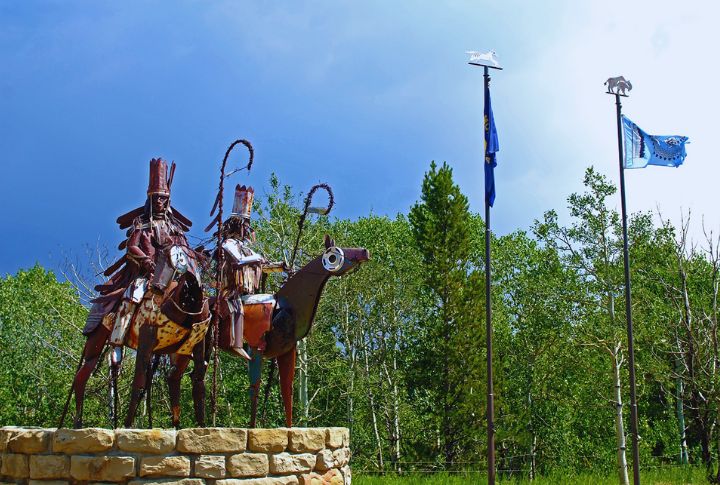
Many Americans imagine tribal lands as dusty, forgotten relics, but these vibrant homelands are full of life and culture, stretching across vast plains and rugged deserts. Each reservation has a unique story of resilience and identity. So, what keeps these expansive lands thriving despite centuries of adversity? Keep reading to discover more.
Navajo Nation (Arizona, New Mexico, Utah)
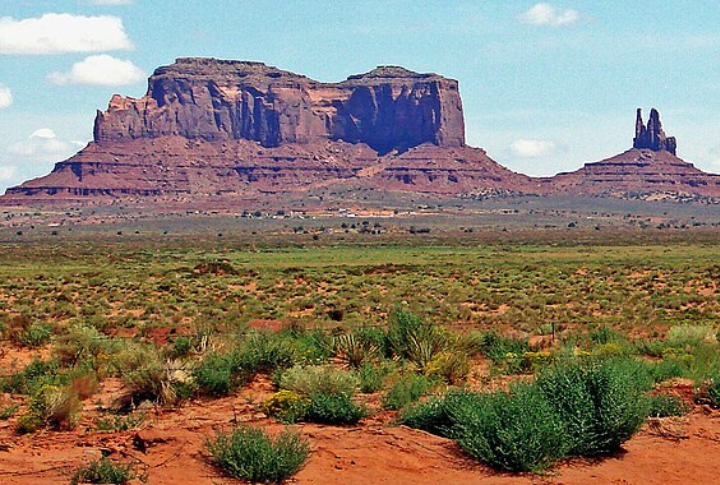
Spanning three states, the Navajo Nation holds the title of the largest tribal homeland in the United States. With stunning vistas like Monument Valley and traditions deeply ingrained in daily life, it endures and thrives to form a vibrant culture.
Uintah And Ouray Reservation (Utah)
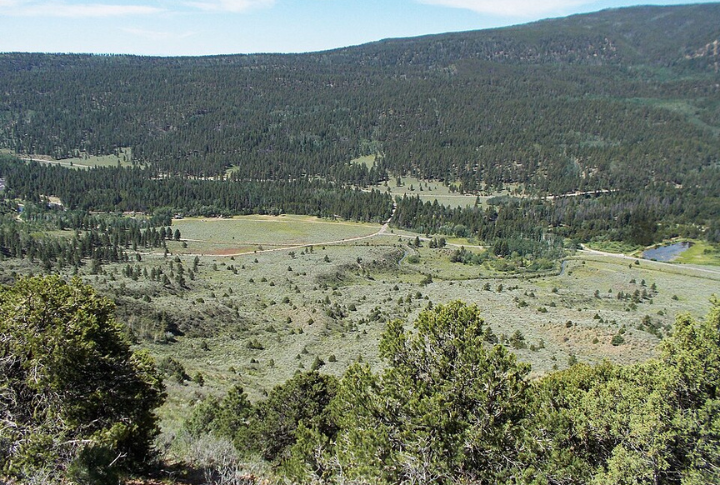
Long before settlers crossed the Rockies, the Uintah and Ouray Reservation echoed with Ute chants and drums. Today, these sounds endure by blending ancient rituals with modern struggles. Oil and gas developments now intersect these ancestral lands, challenging residents who are determined to preserve their sacred past.
Tohono O’odham Nation (Arizona)
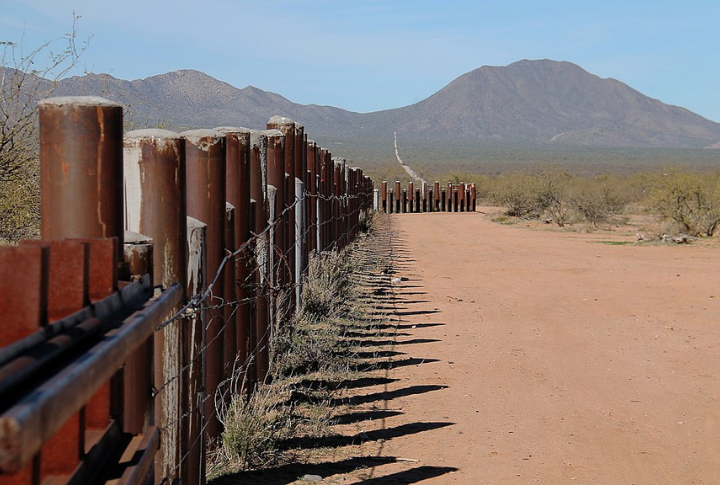
The Tohono O’odham Nation safeguards its culture amidst Arizona’s harsh desert, which spans nearly three million acres. Border politics have a unique impact on life here, splitting families and complicating traditions. Still, the tribe stands firm by asserting its rights and maintaining an unbroken connection to its ancestral territory.
Cheyenne River Reservation (South Dakota)
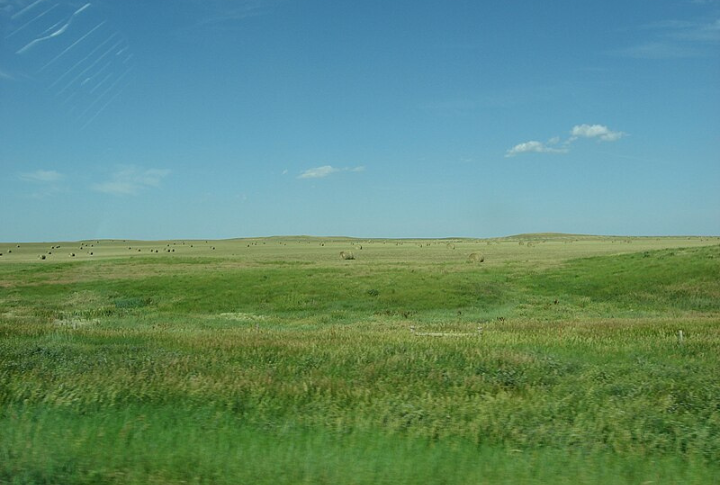
Once home to herds of buffalo as vast as the sky, the Cheyenne River Reservation now contemplates its future. Elders pass down wisdom that binds land to identity, teaching younger generations that preserving culture isn’t merely nostalgic—it’s essential for spiritual survival.
Pine Ridge Reservation (South Dakota, Nebraska)
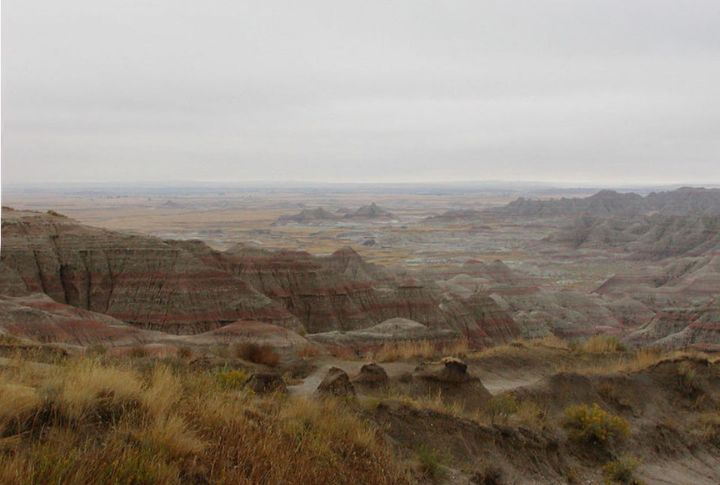
Despite persistent economic challenges, Pine Ridge Reservation continues to demonstrate powerful resilience. Residents push back against poverty through education programs and cultural revival. Each community effort preserves identity and reshapes futures, which proves that strength builds from within, even in hardship.
Standing Rock Reservation (North Dakota, South Dakota)
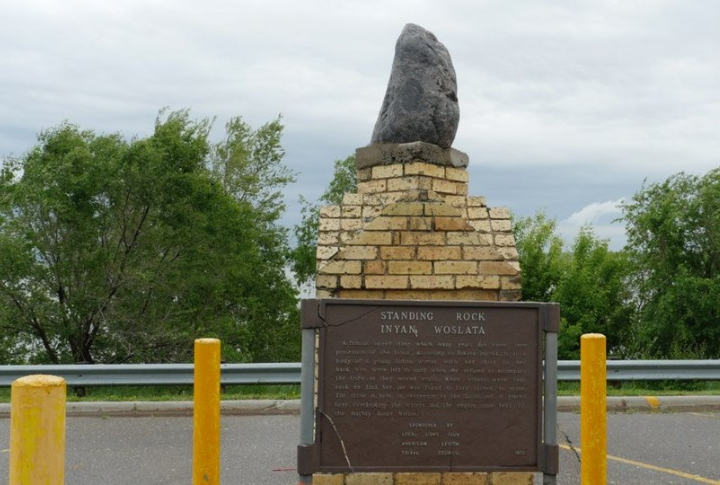
Known worldwide for the Dakota Access Pipeline protests, Standing Rock continues to shape national conversations. But beyond protest, it builds progress. The tribe focuses on language preservation and intertribal unity to create a long-term impact after the cameras move on.
Crow Reservation (Montana)
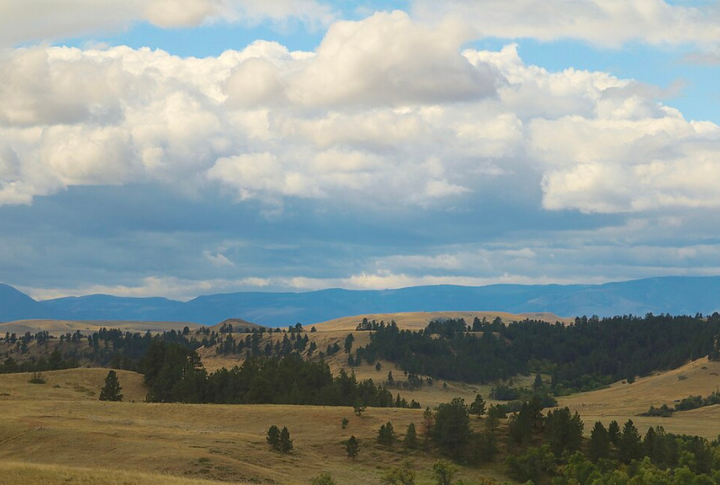
Crow lands reflect stunning beauty and a deep-rooted cultural mission. Through Apsaalooke immersion schools and lively powwows, the community nurtures identity and pride. These efforts are key to the Crow Nation’s revival, ensuring its continued significance in Montana’s ever-evolving cultural and historical story.
Fort Berthold Reservation (North Dakota)
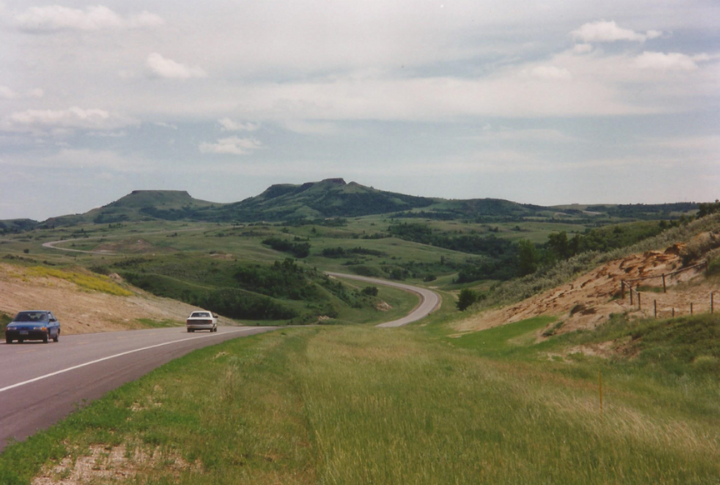
Oil reshaped Fort Berthold’s fortunes, but prosperity came with pressure. The Three Affiliated Tribes—Mandan, Hidatsa, and Arikara—walk a fine line between development and preservation. They have built infrastructure and schools while preserving their cultural core to demonstrate that identity must evolve.
Wind River Reservation (Wyoming)
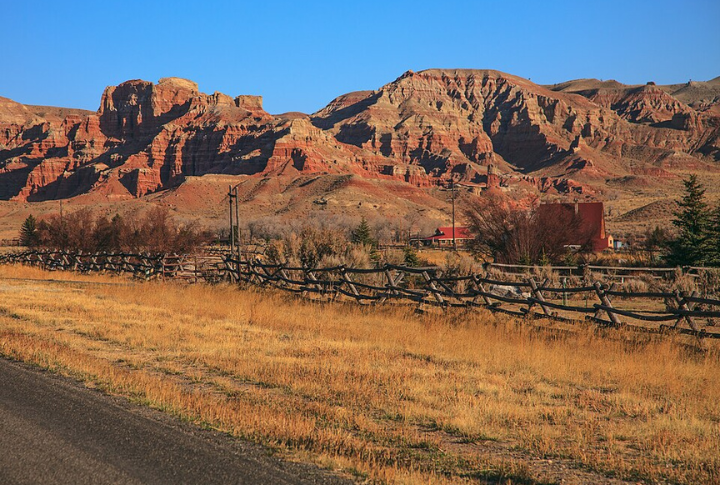
Wind River is the homeland of the Eastern Shoshone and Northern Arapaho, who share governance across the vast reservation. While managing joint programs in conservation and education, they also celebrate their distinct cultures. By embracing cooperation, the tribes foster resilience without losing sight of their separate identities.
Blackfeet Reservation (Montana)
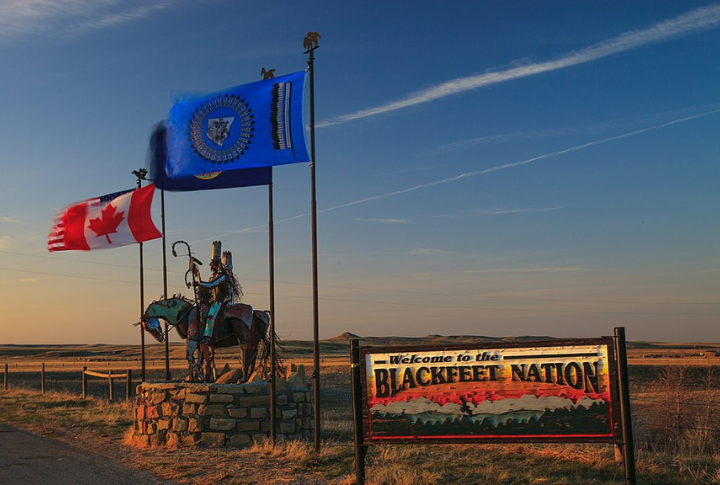
At the base of Glacier National Park lies a homeland rich with meaning. The Blackfeet Reservation protects sacred lands while mentoring youth and revitalizing its language. It’s about giving the next generation something to stand on and move forward from.
